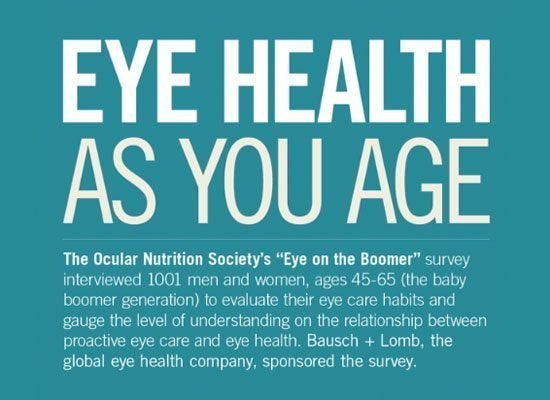
Although adults are seeing better these days, eye problems are still known to increase with age, making it hard for some to go about daily tasks such as reading. University of Leicester psychologists have a theory as to why it gets harder to read with age, using a first-of-its-kind test to distinguish the differences between how older and younger people read.
"[We found] that older adults use a different reading strategy from younger adults," lead researcher Dr. Kevin Patterson told Huff/Post50 via email. "They rely more than young adults on holistic cues to the identities of words, such as word shape."
Vision can be broken up into a variety of frequencies, from low (which help determine the overall shape of words) to high (associated with individual letters), according to the report. Researchers administered a test to 64 people, 32 young people (those between 18 and 30 years old) and older adults (65+), to see what visual frequencies were at play when reading.
"We used an eye-tracking method, in which participant’s eye movements were recorded as they read lines of text," Patterson explained. "The physical format of the text was manipulated to enhance the salience of different visual information. For instance, sometimes the text was blurred and other times the features of the individual letters were sharply defined. This is the first study to use this particular combination of methods to compare the reading performance of young and older adults."
Researchers found that older readers were able to read blurry text, while the 18-30 set preferred fine, distinct text.
"The difficulty older readers often experience is likely to be related to a progressive decline in visual sensitivity, particularly for visual detail, due to optical changes and changes in neural transmission even in individuals with apparently normal vision," Patterson wrote. "It’s not so much that it’s easier for older adults to read blurrier text but that older adults make rely less on the fine detail in text when reading."
Even though aging and young eyes see text differently, comprehension in this group was equal, according to Patterson. "The two groups nevertheless understood text equally well, as tested by comprehension questions at the end of each trial in the experiment."
